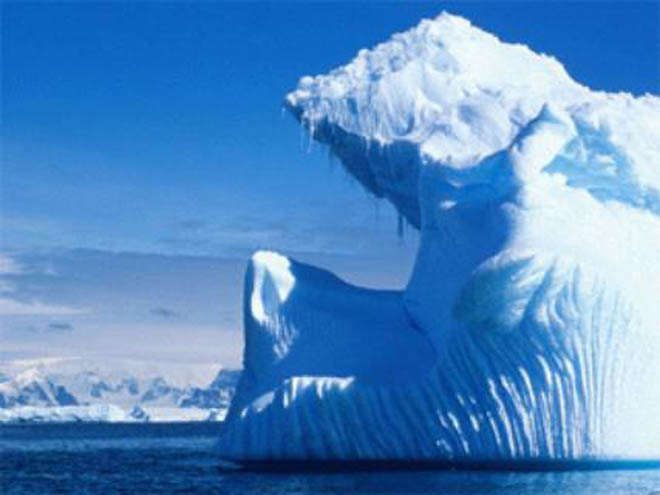This summer's melt of Arctic sea ice has not been as profound as in the last two years, scientists said as the ice began its annual Autumn recovery, BBC reported.
At its smallest extent this summer, on 12 September, the ice covered 5.10 million sq km (1.97 million sq miles).
This was larger than the minima seen in the last two years, and leaves 2007's record low of 4.1 million sq km (1.6 million sq miles) intact.
But scientists note the long-term trend is still downwards.
They note that at this year's minimum, the ice covered 24% less ocean than for the 1979-2000 average.
The analysis is compiled from satellite readings at the US National Snow and Ice Data Center (NSIDC) in Boulder, Colorado.
Colder front
Among the reasons for the less drastic melt are that Arctic temperatures have been cooler this year than last, researchers said, and that winds have helped disperse sea ice across the region.
NSIDC scientist Walt Meier said the reasons for the somewhat cooler temperatures this year were not entirely clear yet.
"We had cloudier conditions and low pressure zones in late summer that probably helped keep temperatures down," he told BBC News.
"It's something we need to look at in more detail.
"But it certainly wasn't as warm as 2007, which was in the order of 2-3C warmer than the average in a lot of places."
The question now, he said, was whether 2007 turns out to be a "high-melt blip", or whether 2009 turns out to be a "low-melt blip" - which will not become evident until next summer at the earliest.
What continues to have scientists worried is that a significant proportion of the cover consists of young, thin ice formed in a single winter.
This is much more prone to melting than the older, thicker ice that dominated in years gone by.
"If we get another warm year, anything like 2007, then the ice is really going to go," said Dr Meier.
"And the chances are that at some point in the next few years we are going to get a warm one."
White heat
In recent decades, the Arctic region has been warming about twice as fast as the average for the Earth's surface.
Recently, scientists specialising in reconstructing past temperatures released data showing that the current decade is the warmest in the Arctic for at least 2,000 years.
Melting ice is a "positive feedback" mechanism driving temperature rise faster. Whereas white ice reflects sunlight back into space, dark water absorbs it, leading to faster warming.
The NSIDC team cautions that this is a preliminary analysis and that further melt is possible, though unlikely, this year.
Next month they will publish a full analysis including more details of how temperatures, currents and winds affected the sea ice this summer.






